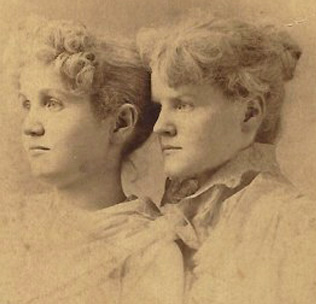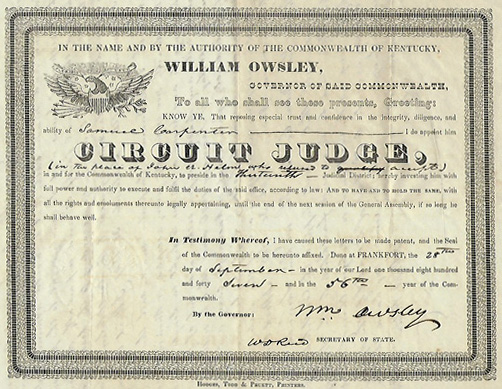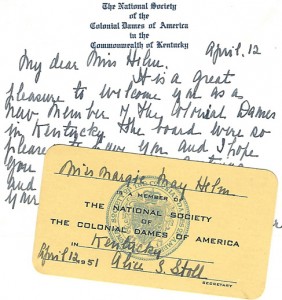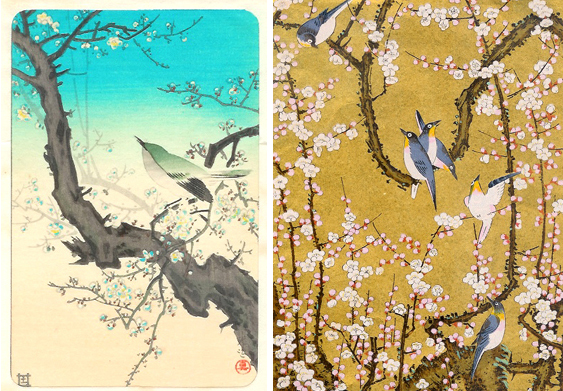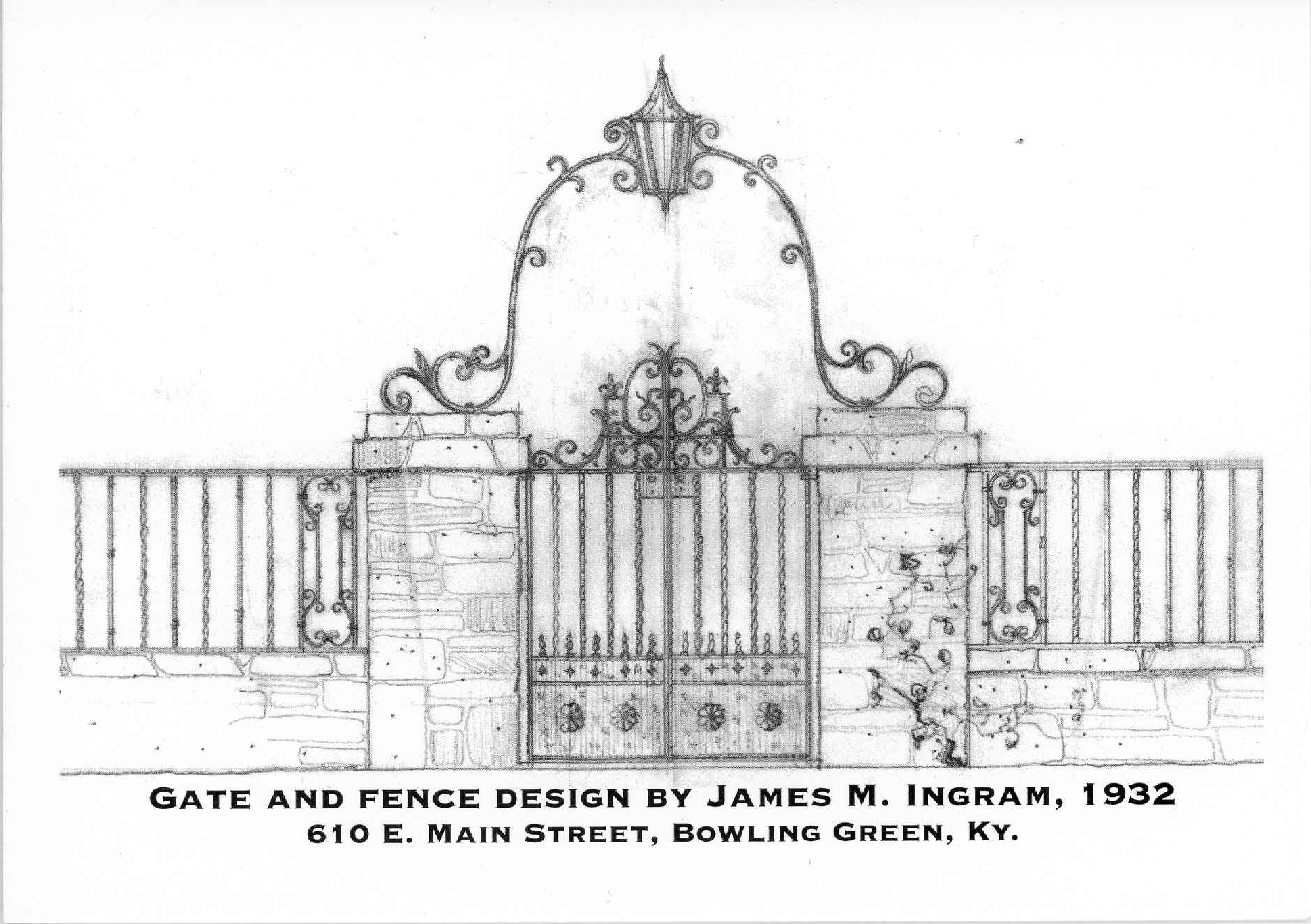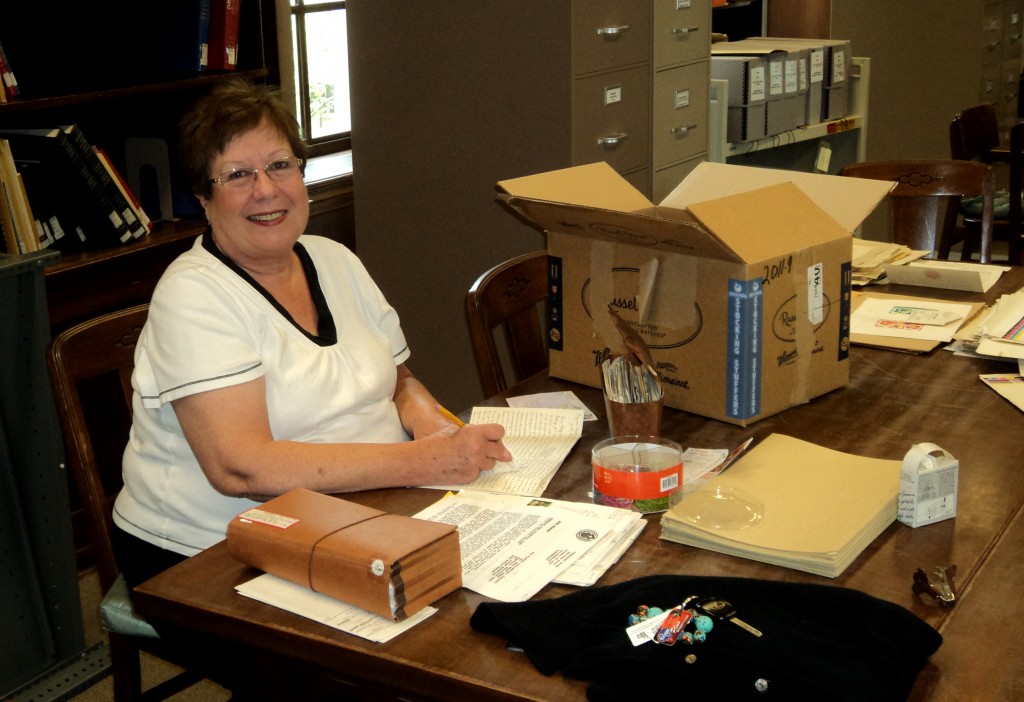We previously heard from Virginia “Jennie” Amos in 1890, when she wrote to May Carpenter of Smiths Grove, Kentucky about going corsetless at a girls-only picnic that ended up being crashed by some local “town dudes.”
In other letters, Jennie also enlivened the short life of her former Cedar Bluff College classmate (May died at 20), with trash talk about friends, life and love. Let’s hear some more from this paragon of late-Victorian female delicacy:
On her schoolteaching duties: “Just imagine yourself with sixty brats, all under thirteen. . . . While I was lifting them by their ears. . . a half dozen in my class would be having a fist and scull fight.”
On a friend’s impending marriage: “It is perfectly awful to think of her associating with such a scrub. . . . I can’t help but believe something will take place yet, and do most heartily hope it will be his getting drunk and breaking his neck.”
On another friend’s marriage: “And Miss Sallie is married . . . . Did not think she would have A. Lawson. . . . It seems like good girls never get the kind of men they deserve.”
On yet another friend’s honeymoon: “You must make Bettie tell you how badly scared Scott was the first night. I can’t imagine him as being so immodest as to undress in a girl’s room and to get in bed with her. Isn’t it awful to think of?”
On a date: “My beau was one Mr. Walter Culley who was never known to speak a word unless asked a direct question. He did not bother me very much though as we played cards most of the time.”
And this complaint, in the middle of a gossip-filled letter , about her friend “Emma’s” tale-telling behind her back: “She never showed any sign of talking about other people to me, but then she knew I had such perfect contempt for people so inclined that may have prevented her from talking to me.”
These letters are part of the Carpenter Collection in the Manuscripts & Folklife Archives section of WKU’s Special Collections Library. Click here to download a finding aid. For more collections, search TopSCHOLAR and KenCat.

